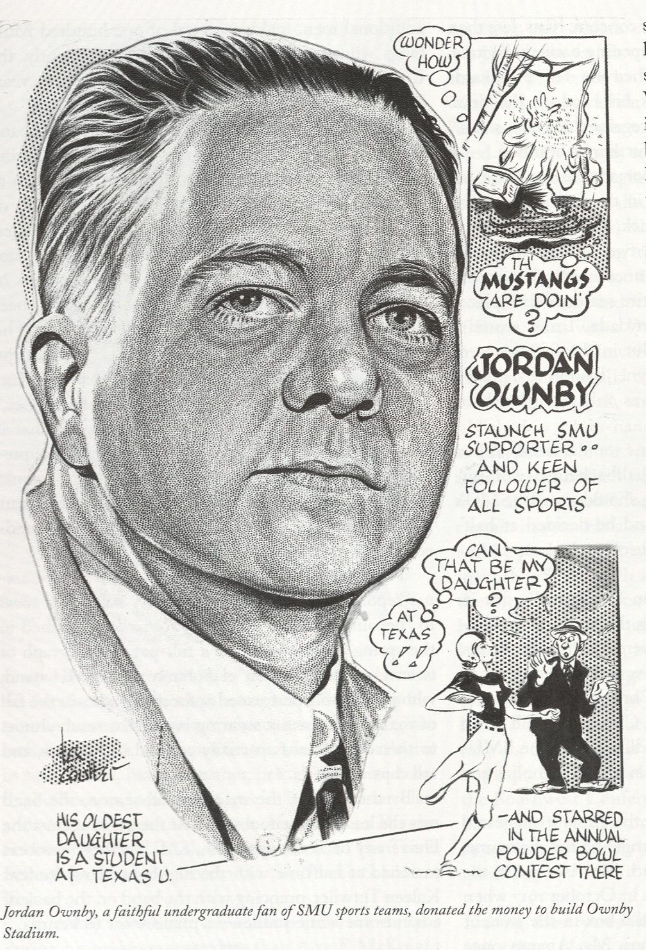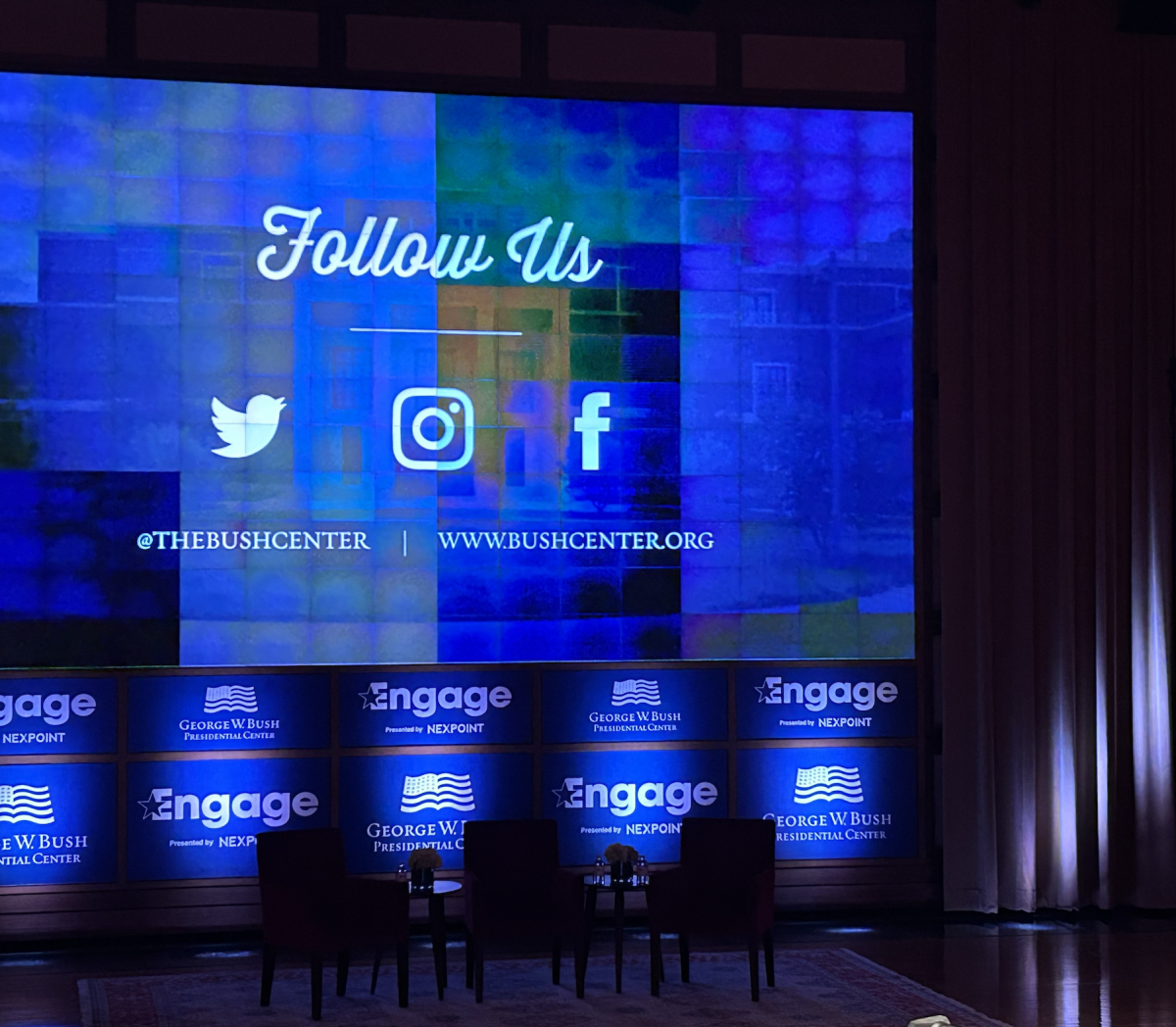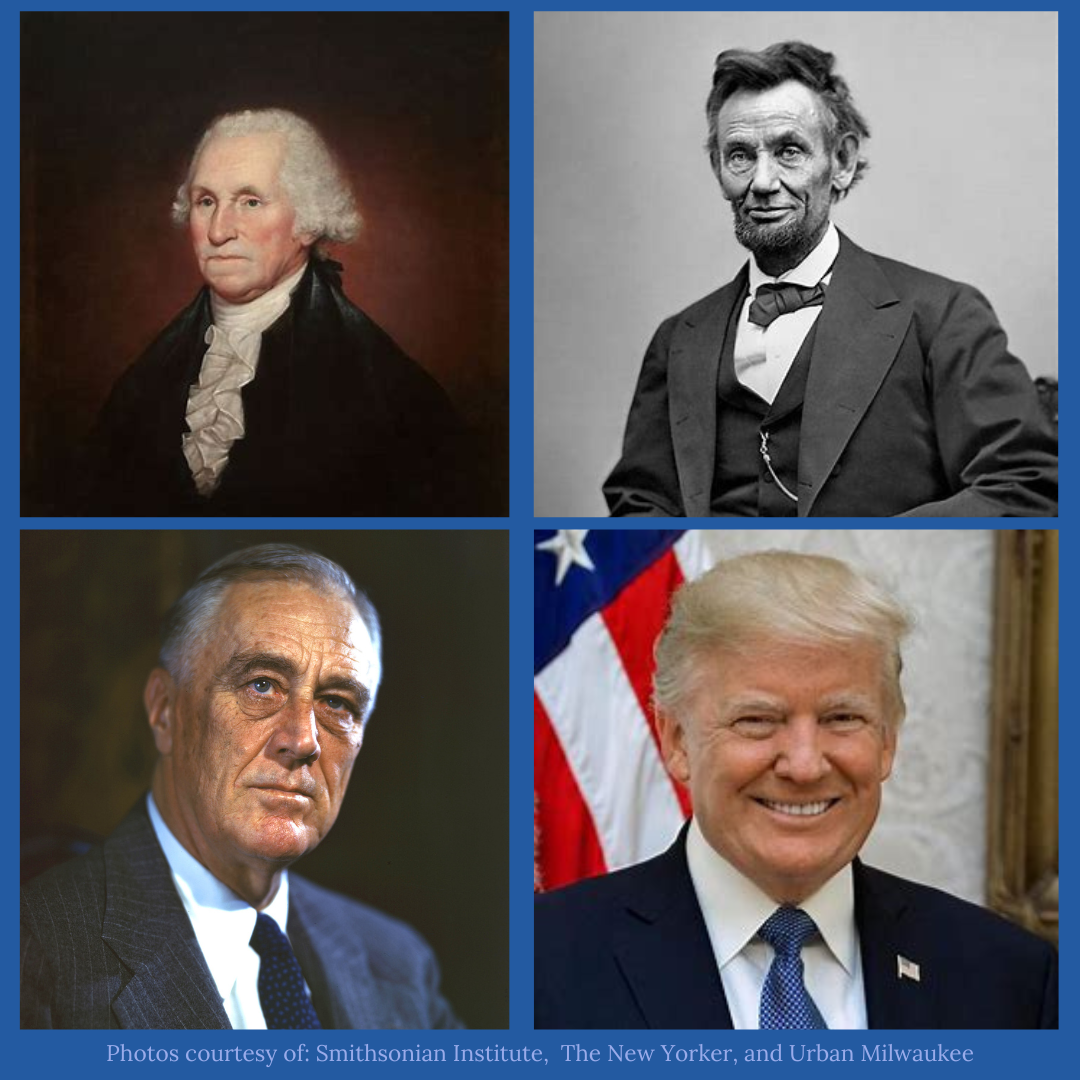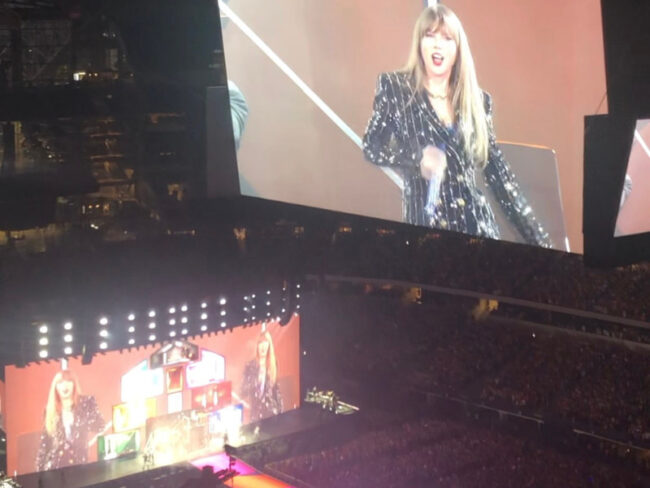By D’Marquis Allen
Fifty years ago last Thursday, Dr. Martin Luther King, Jr. stepped foot on the campus of SMU at the invitation of the then Student Senate Vice President Bert Moore. Dr. King sought to bring change not only to the country as a whole, but also to a campus still experiencing the effects of segregation practices that had been abolished only 11 years prior. Needless to say, the coming of Dr. King marks a point in SMU’s first century in which the students took the initiative to change the university. Unfortunately, the students, now 50 years later, find themselves in queue waiting for the university to change itself.
While SMU has certainly grown in terms of physical size and financial capabilities, and risen in terms of national rankings, it has become apparent that the needs of its students have dropped in priority. As the black student population decreases, the needs of students are neglected. As faculty of color remain sparse, the needs of students are neglected. As incidents of cultural insensitivity go unchecked, the needs of students are neglected. Students have grown tired of waiting and demanded the university change itself; not for the efforts of those who blazed the trail before us, but for those students who will carry the torch ahead of us.
To be clear this isn’t about the “there and then.” This is about the “here and now.” We cannot assume the responsibility of shaping world changers when the world we intend to shape them in lacks the necessary form of its own. It is beyond disingenuous to wave the flag of change, yet allow patterns of hate and structures of separation to persist. Acknowledging the existence of these flaws and circumstances is where the university must begin in order to truly pursue the “world changing” status it so desperately desires. Only after this, will we be fully committed to changing the cultural climate of this campus. Void of this acknowledgement, our efforts are futile; we are, as history has shown, aiming for the same lasting change Dr. King came to campus for by attempting to solve a problem that we are convinced isn’t there.
On that day, we celebrated Dr. King and his efforts on this campus. Though he has gone before us, his legacy lives on and his work continues in many places across the Hilltop. I pray that the institution moves introspectively into its second century and fixes itself on the very words Dr. King shared on that ground-breaking Thursday, March 17, 1966: “It would be a marvelous thing if speakers all over our nation could talk about this problem in terms of a problem that once existed but that no longer has existence. But if I stop now, I will merely be stating fact and not telling the truth. You see, a fact is merely the absence of contradiction, but the truth is the presence of coherence. Now it is a fact that we have come a long, long way, but it isn’t the whole truth.
And in order to tell the truth, I must give the other side, and if I stop at this point, I may leave you the victims of a dangerous optimism if I stop now. I may leave you the victims of an illusion wrapped in superficiality. So, in order to tell the truth, it is necessary to move on and say not only have we come a long, long way, we still have a long, long way to go before the problem of racial injustice is solved in our country. Now I need not dwell on this point. We need only turn on our televisions and open our newspapers and look around our community. We see that the problem is still with us.”
How far from our own motto will we venture before history repeats itself?















